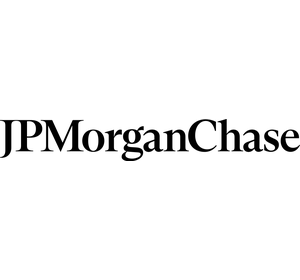$ANF
#Abercrombie #RetailInvesting #ANFStock #StockMarket #InvestmentReturns #RetailStocks #FinanceNews #StockInvesting #LongTermInvesting #PortfolioGrowth #MarketAnalysis #EquityMarkets
Abercrombie & Fitch ($ANF), a renowned name in the retail sector, has captured the attention of long-term investors by delivering notable returns over the past five years. A hypothetical investment of $1,000 in the company’s stock five years ago would now be worth a significantly larger amount, reflecting the brand’s strong operational performance and renewed relevance in the competitive retail landscape. For investors who kept faith in Abercrombie & Fitch during challenging years marked by shifting consumer preferences and the rise of e-commerce, this performance underscores the importance of patience and strategic equity allocation. Let’s delve into the financial journey that led to this growth.
Over this five-year horizon, Abercrombie & Fitch effectively capitalized on trends such as digital transformation and the resurgence of casual and lifestyle-driven attire. Strategic initiatives, including a focus on online marketing, customer experience improvement, and cost efficiencies, have helped the company regain profitability and enhance its market positioning. The company’s earnings reports reveal consistent improvements that have resonated well with Wall Street analysts and investors, resulting in a stock price appreciation. Moreover, favorable macroeconomic conditions, such as the recovery of discretionary spending post-pandemic and steady consumer confidence, provided a conducive environment for growth in retail stocks.
From a valuation perspective, Abercrombie & Fitch has seen its price-to-earnings (P/E) ratio and share price move upwards in tandem with improving fundamentals. Like many retail companies, $ANF faced sluggish growth during the height of the pandemic. However, its ability to adapt quickly with modernization strategies, such as streamlining its product offerings and optimizing its brick-and-mortar footprint, proved to be a game-changer. Investors who recognized this transition early were rewarded with superior returns compared to broader market indices. For example, this hypothetical $1,000 investment, thanks to sustained price gains, outperformed many other retail peers and sector ETFs. This makes the case for identifying turnaround retail stories where growth catalysts are clear.
Looking forward, Abercrombie & Fitch continues to look like an intriguing equity play for investors who focus on quality retail stocks. While ongoing inflationary pressures on raw material costs and potential headwinds in global trade could present risks, management’s focus on sustaining profit margins and expanding its global reach should help mitigate volatility. As of today, the $1,000 invested five years ago would have provided substantial returns, reflecting Abercrombie & Fitch’s resilience and ability to adapt to evolving market dynamics. This underscores the value of maintaining a balanced and diversified portfolio, especially incorporating equities that show a credible turnaround story.











Comments are closed.